What is Electronic Care Management?
Electronic care management is the process of managing all of your care related records electronically resulting in improved quality and safety of residents’ care and enhanced workflow and efficiency.

Electronic care management is the process of managing all of your care related records electronically resulting in improved quality and safety of residents’ care and enhanced workflow and efficiency.
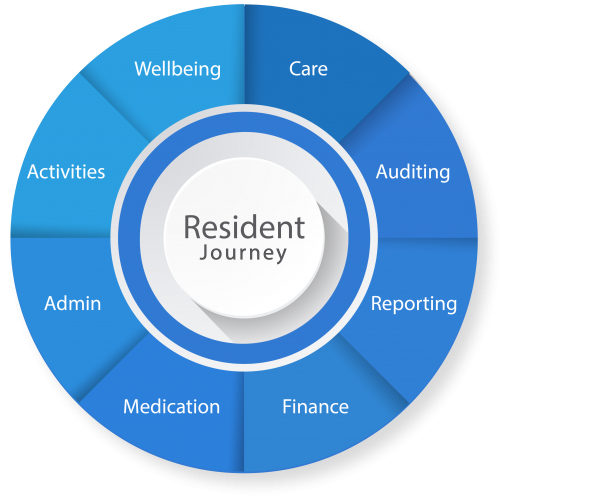
TAS reported a total of 40,729 Aged Residential beds over 676 Aged Care facilities in its ARC Quarterly Reporting survey on June 30 2021. This trend has caused Aged Care providers to look into more efficient ways of managing care through electronic care management solutions such as VCare. VCare enables improved accuracy and delivery of care resulting in better outcomes for your residents.
Aged care facilities and their staff want to provide the best care for their residents while complying with aged care NZ accreditation standards and producing accurate reporting for audits. Traditional methods put stress on staff, increasing the likelihood of errors and reducing the quality of care.
Electronic Care Management Solutions such as VCare record all information regarding a resident from the initial contact and admission of a resident to their specific requirements such as independent living, or any other form of care. Your resident’s information moves with them, supporting a continuum of care.
Electronic care management is the process of managing all of your care related records electronically resulting in improved quality and safety of residents’ care and enhanced workflow and efficiency.
Aged care staff and management constantly need to be on the lookout for more effective and efficient ways of managing their facilities. Delivering the best level of care should be the top priority for all Aged Care providers. By continuously developing and improving internal processes, your facility can offer a world-class level of care to all residents.
If you’re thinking to yourself “How can we improve accuracy and efficiency in everyday processes?” Through continuously developing and improving internal processes, your staff can spend time on the things that matter, your residents.
Here are the top five ways an electronic resident management system can help improve the efficiency and effectiveness of managing your aged care facility:
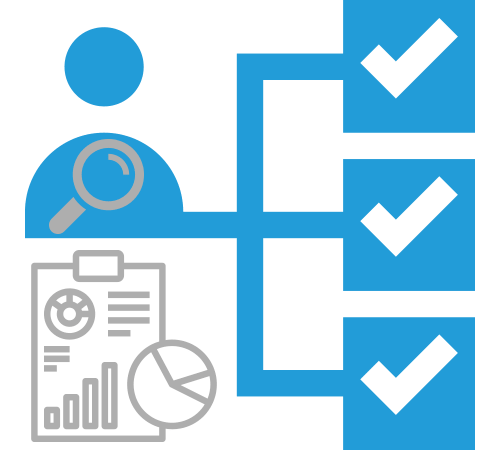
Having accurate information is vital when caring for others and their individual needs. The fundamental challenge with a paper-based system is that there are multiple different data entry points.
Records being incomplete, or information not being stored in the correct place, can be very frustrating and time-consuming for users to manage.
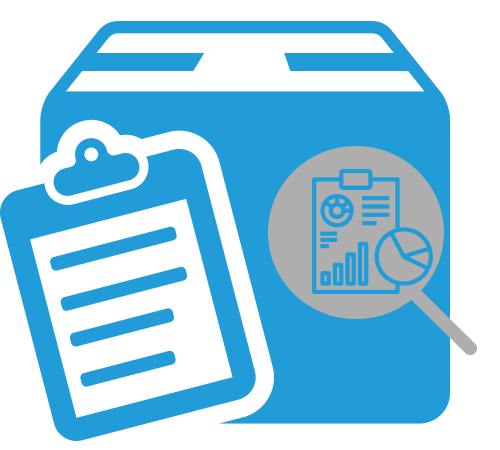
Implementing an electronic care management system reduces manual data entry, giving your staff more time on tasks that add value to your facility such as caring for your residents.
When you enter a record into an electronic care management system such as VCare, you only have to enter that particular data once.
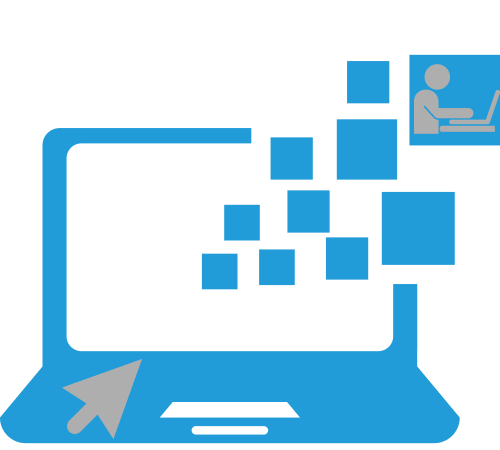
The major issue with a paper-based system is the duplication of data through double-entry. There are many possible places to enter data with a paper-based system, ranging spreadsheets, word documents, emails and more.
When aged care providers make the decision to shift to an electronic care management system, there is one source of truth.
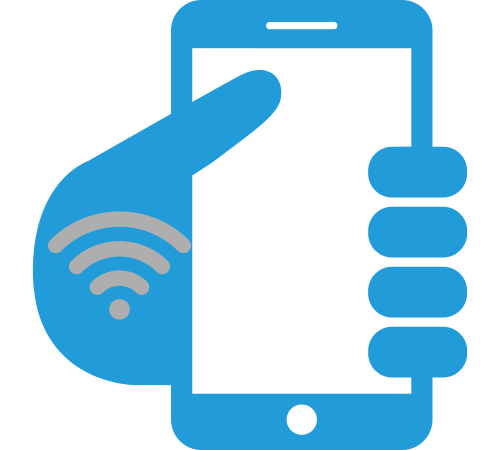
The biggest limitation of a paper-based system is that it is only accessible at one location. Easy access to accurate data is imperative in delivering the highest quality of care to your residents.
By making the shift to an electronic care management system such as VCare, users can access information from anywhere, at any time and be assured that it is up to date.
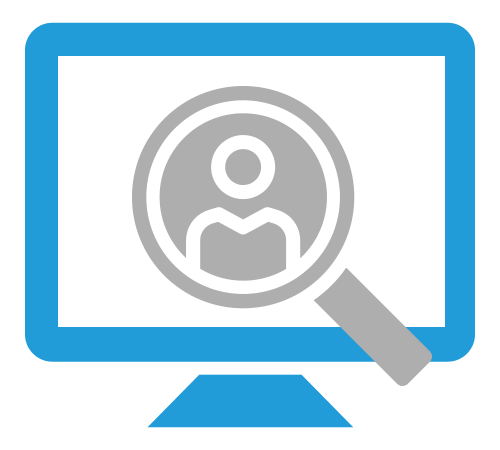
One of the main frustrations with a paper-based system is the inconsistency between information and where it is being stored.
When auditing or inspecting records, all information related to a resident is linked to that record. Providing the security and reassurance that staff have access to all information relevant to a resident.
Aged care facilities and their staff want to provide the best care for their residents while also complying with aged care NZ accreditation standards and producing accurate reporting for audits. Traditional methods put stress on staff, increasing the likelihood of errors and reducing the quality of care.
By using an electronic management system like VCare, you remove the stresses that cause human error. This improves the quality of the records being produced and increases the ability of staff to focus on what they do best: providing high-quality care for residents.
Here are the top 5 reasons you should be using an electronic care management system to manage your facility:
Aged Care management frequently deal with a range of challenges when it comes to operating in the residential care industry. Aged Care facilities need to be on the lookout for more efficient ways to manage daily, weekly, monthly and yearly tasks. Delivering the highest quality of care should be the main priority for all aged care providers. By continuously developing and improving internal processes, your facility can offer a world-class level of care to all residents.
Aged care facilities and their staff want to provide the best care for their residents while complying with aged care NZ accreditation standards and producing accurate reporting for audits.Electronic care management systems such as VCare have a single point of data entry, which results in information always being up to date and readily available in seconds.
See below the top auditing challenges Aged Care providers face in NZ.

Paper-based data collection processes are slow, and difficult to collate and report on. This results in data that is not in a form that is easily maintained for timely and effective reports. It can also result in reports not being up to date or missing critical detail.
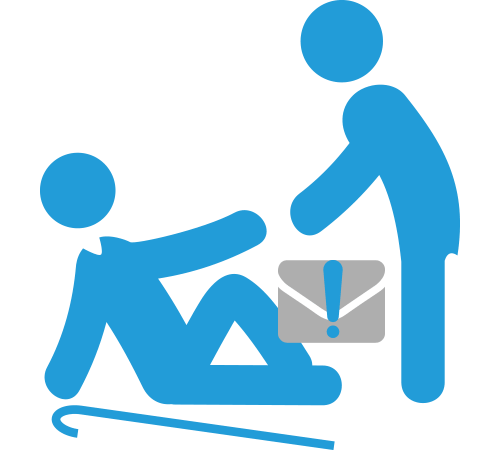
Identifying and reducing the falls risk for residents can be a extensive challenge for Aged Care Facilities. Incident information can be entered by all staff at any time, reviewed by management and incident reports can be extracted.
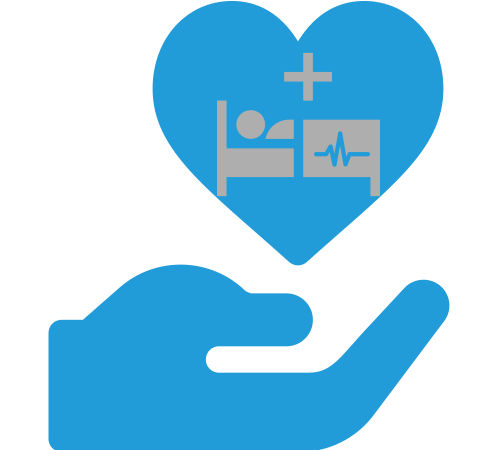
The duplication of clinical information is a major challenge. Processes may be completed more than once resulting in inaccurate reporting and wasted time/effort. Visibility of clinical items that have been completed, due or overdue is a challenge.
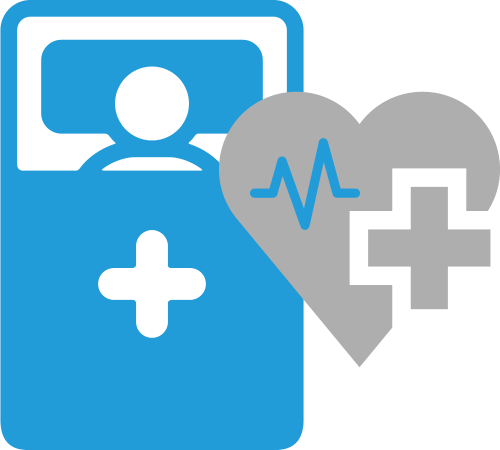
Care plans need to be comprehensive and personalised and often miss individual preferences, and changes are not signed or dated. Not completing care plans within a particular timeframe could result in a finding or partial finding within an audit

Incomplete assessments are a major challenge for retirement villages and aged care facilities. The assessments have the ability to have mandatory fields ensuring the user completes all critical sections before the assessment can be marked as complete.

Progress Note challenges include visibility and accuracy of information. Issues with visibility and accuracy results from Illegible handwriting, not recording designation/time/date and English as a second language. All progress notes are in one area.
Recording information regarding a resident from the initial contact and admission to their specific requirements such as independent living, or any other form of care needs to be managed efficiently. By implementing an Electronic Care Management system such as VCare, your staff are able to record all information regarding a resident including individualised and personalised care requirements.
VCare can help your staff with Care Management functionality through:
Aged Care facilities and Retirement Villages throughout New Zealand are replacing their paper documentation and files with Electronic Care Management systems such as VCare. From accessing information at any time from any location to reducing costs, there are lots of reasons to go paperless — but many Aged care and Retirement Village facilities are yet to make the transition.
Implementing an electronic solution in the aged care sector can transform the way your facility operates, increasing productivity and streamlining internal processes. Although the total elimination of paper may not be feasible for the aged care sector even a small reduction can result in cost savings and increased efficiency for your facility
The advantages to reducing paper usage are numerous and include:
Aged Care and Retirement Village facilities, no matter the size, need to keep innovating to keep up with this dynamic and ever-changing market. By taking a step away from manual records and a step towards electronic records, a great opportunity arises to increase productivity and efficiency, and improve innovation through different areas within your organisation.
Here are some of the significant challenges that may arise when implementing a new system in the Aged Care sector and how to overcome them:
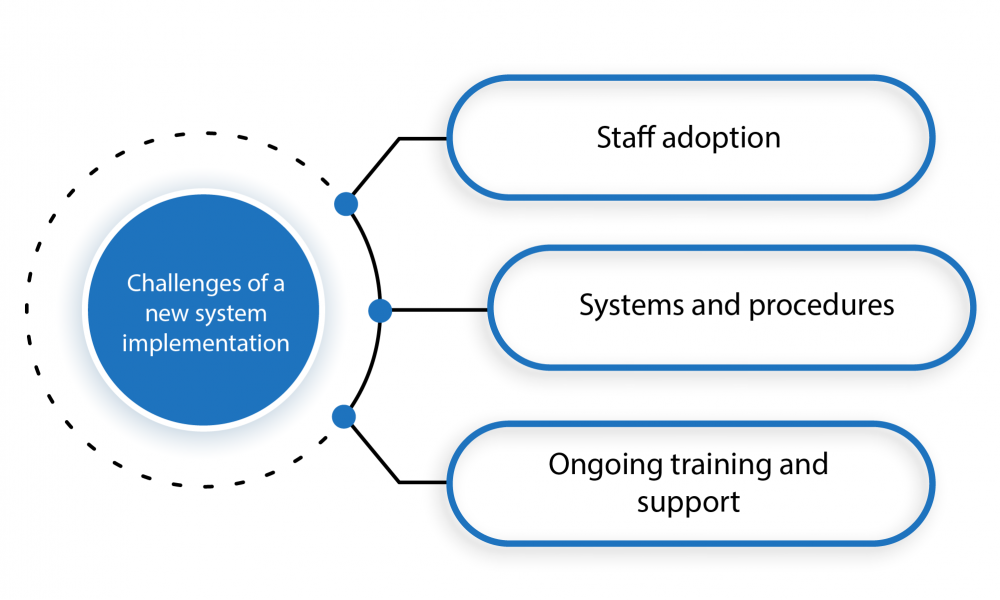
VCare is fully integrated with PainChek® Universal, a complete point-of-care tool that enables best-practice pain management for all people, everywhere. PainChek® Universal combines the PainChek® App and Numerical Rating Scale (NRS) to assess pain in those who cannot verbalise their pain, those who can, and those who fluctuate between the two states.
Giving a voice to those who cannot verbalise pain.
The PainChek® App uses artificial intelligence-driven facial recognition, together with a modern pain assessment framework, to detect and quantify pain in those who are not able to self-report.
For those who fluctuate between the two.
There are many cases where a resident’s ability to self-report may fluctuate day to day or even hour to hour. Both the PainChek® Observational Assessment App and NRS can be accessed from the same app, and both pain scores are recorded on the same platform.
Documenting the pain of those who can self-report.
PainChek® Universal also includes access to the NRS — the gold standard of pain assessment for those who can reliably verbalise their pain.
Giving a voice to those who cannot verbalise pain.
The PainChek® App uses artificial intelligence-driven facial recognition, together with a modern pain assessment framework, to detect and quantify pain in those who are not able to self-report.